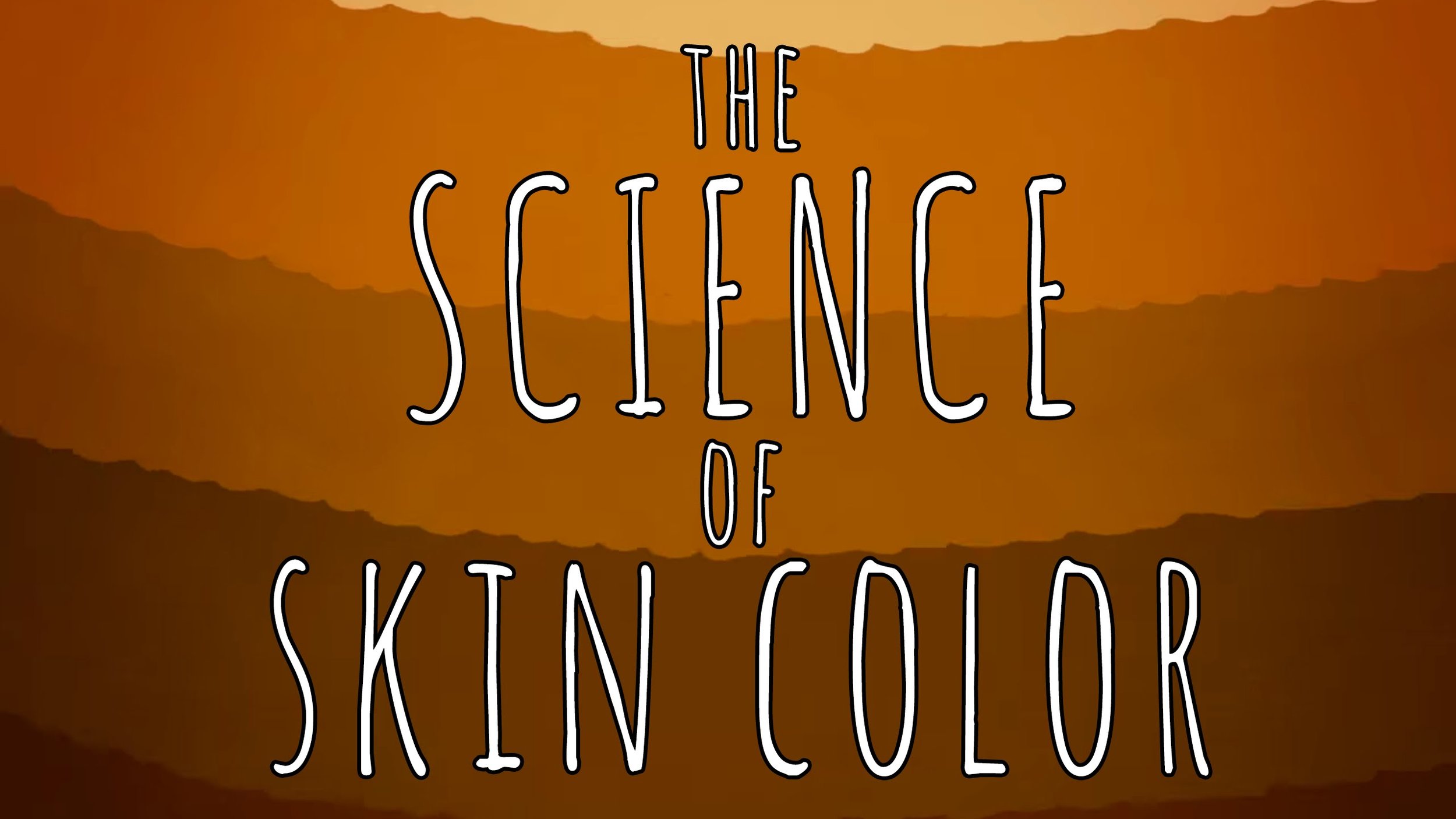Inflation of Moth Coremata
Description: This viral video (with added sound effect) shows an entomologist inflating the coremata in a recently deceased male moth. This pheromone-producing organ will normally sit inside the moth but will be used during courtship to attract potential mates. It is inflated with blood or air. This phenomenon could be used as an example of how organisms increase their change of reproduction through internal and external structures.
Web Resources: Inflatable Moth Butt Featherdusters - Wired, Hair-pencil and coremata - Wikipedia
Mouthbrooding Fish
Description: Lake Malawi contains a curious species of fish (ciclid) that hold their offspring in their mouth as they grow and develop. The eggs are fertilized and then help in the mouth until the offspring are able to survive on their own. The parents can still feed while they are taking care of the young but they will generally not feed as much. This phenomenon could be used to explore parental care and could be extended to discuss evolution of this interesting adaptation in this lake.
Web Resource: Mouthbrooding - Wikipedia
Male Water Bug with Eggs
Description: Water bugs show parental care for their offspring. The eggs are laid on the back of the male and he guards them for roughly a week before the nymphs emerge. This phenomenon could be used to show how the behavior of parents helps the offspring survive. Offspring of these (and other invertebrates) could also be compared to show inheritance and variation.
Web Resource: Water Bug Breeding - Wikipedia
Why Do Humans Have Different Colored Skin?
Description: Human skin color can change in response to environmental changes (i.e. getting a sunburn or a suntan). However the root cause of our skin color is genetic and comes from our ancestors. UV radiation causes damage to the DNA in our cells and can lead to various forms of cancer. If your ancestors lived in an area that received large amounts of UV radiation (i.e. closer to the equator) humans evolved darker skin for protection through the process of natural selection. However light is also important since it allows humans to synthesize vitamin D. Therefore if your ancestors lived in an area that receives little light (i.e. near the poles) they evolved lighter skin.
Web Resources: Human Skin Color - Wikipedia, The Biology of Skin Color - HHMI
A Peacock's Tail
Description: The tail of the male peacock is a great example of sexual selection. Female peafowl are attracted to male peacocks with the largest and most ornate train. The ability of male peacocks to create a large train is related to their overall fitness. Therefore females are more likely to have healthy chicks if they mate with a male with the largest train. Scientists were able to measure female choice by trimming the trains of normally healthy male peacocks which led to them not being selected as potential mates.
Web Resources: A Peacock’s Tail - The Guardian, Evolution and Sexual Selection in Peafowl - Wikipedia





